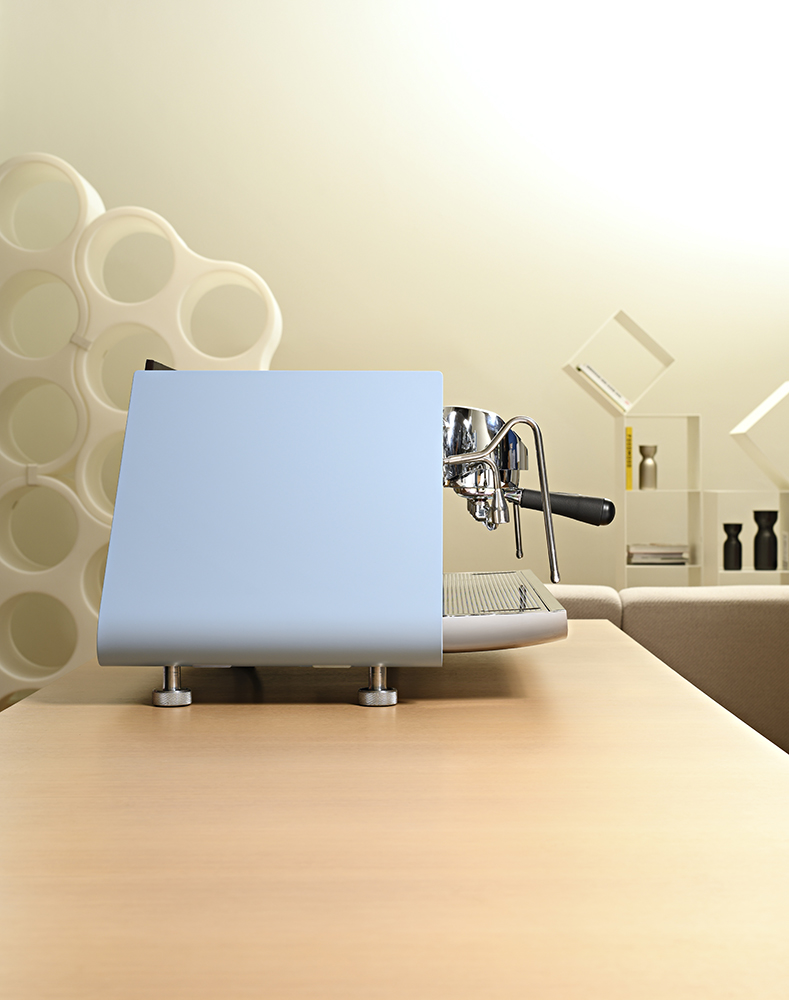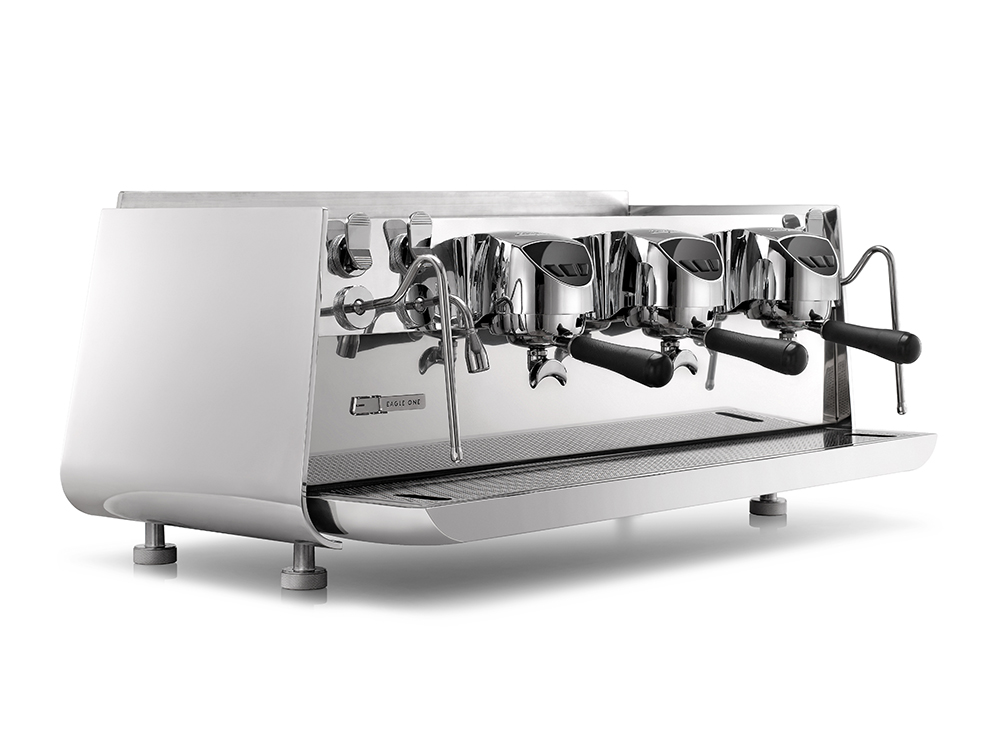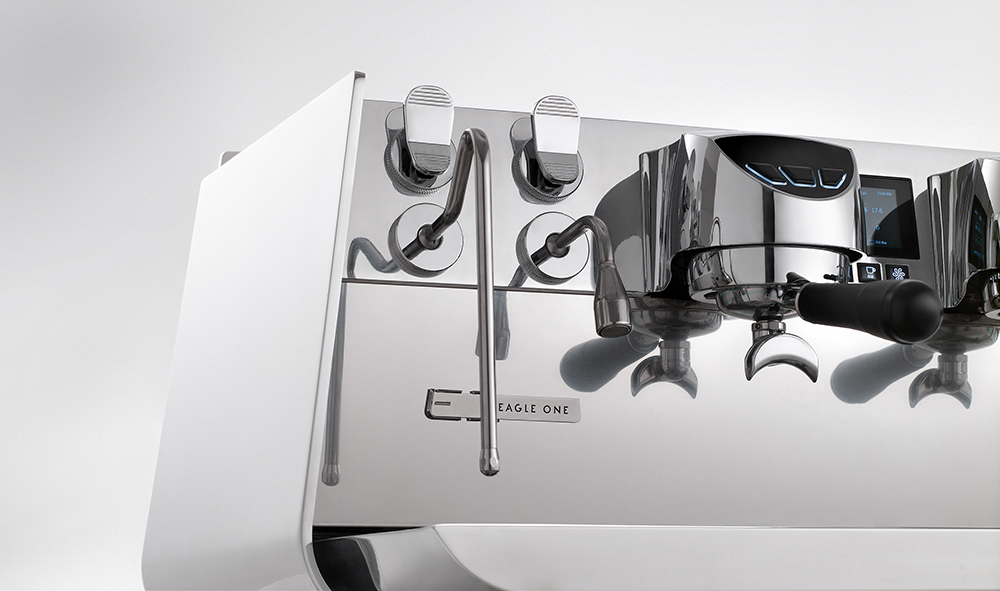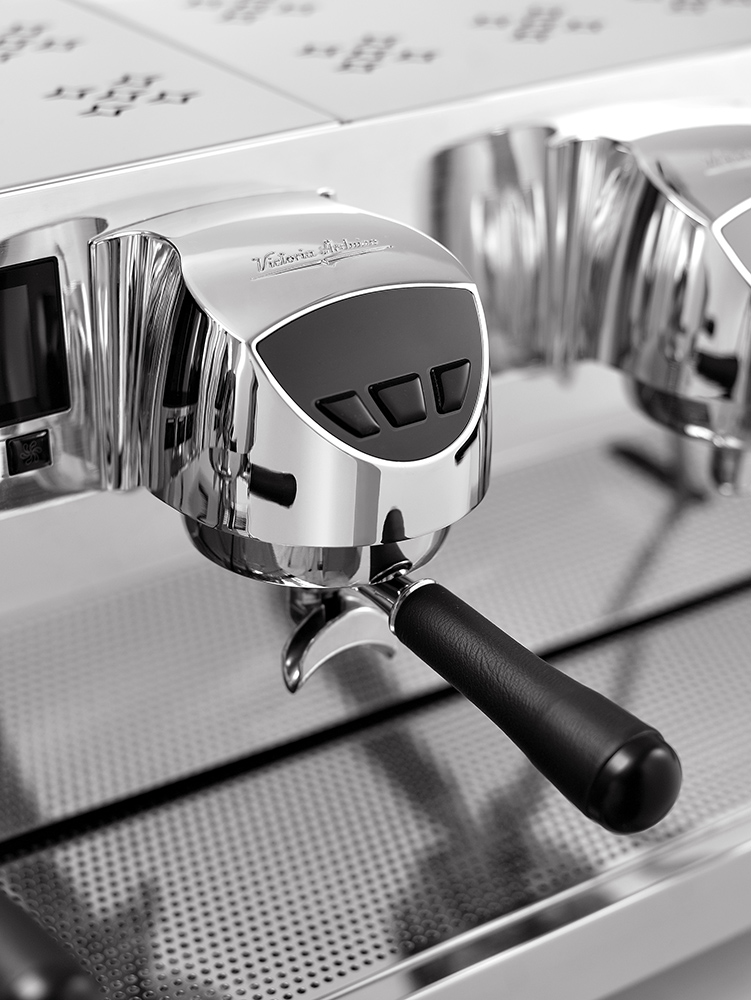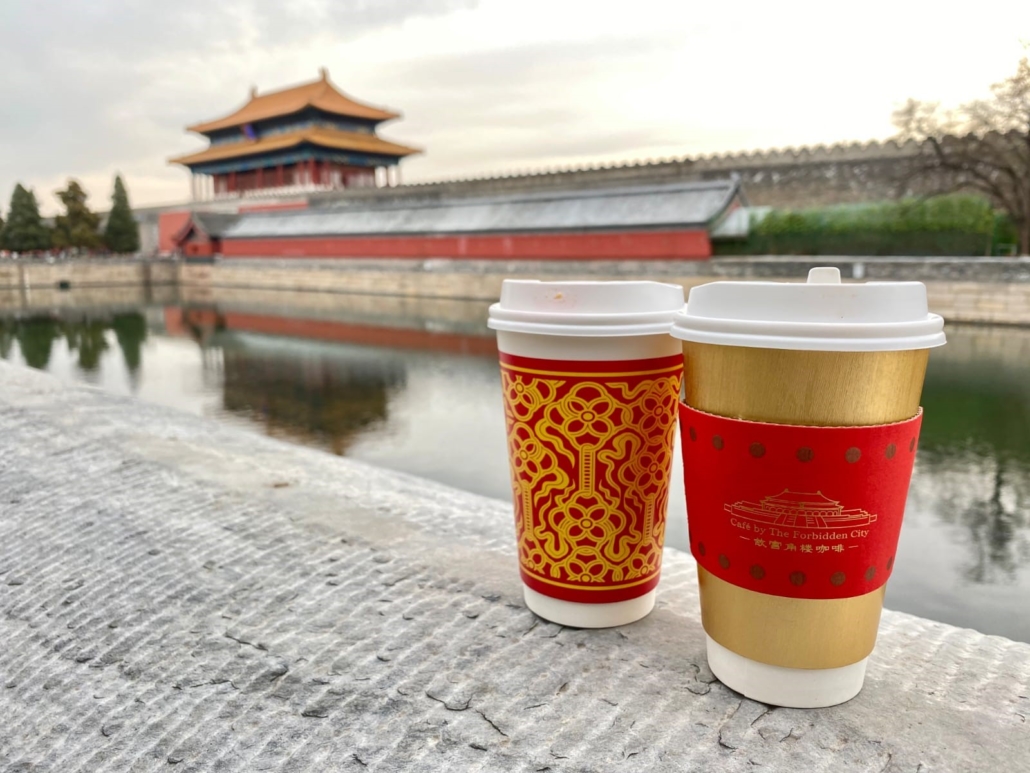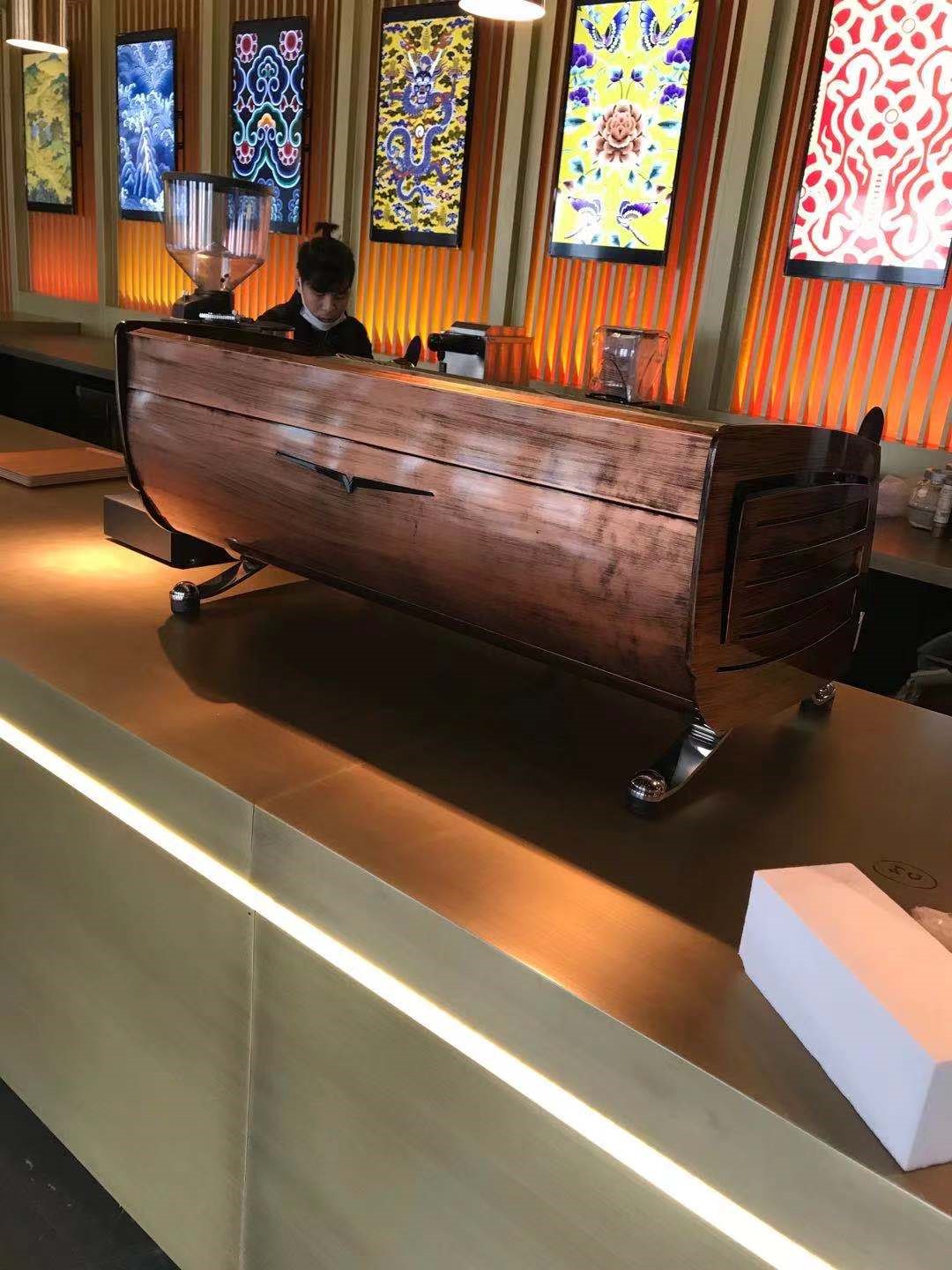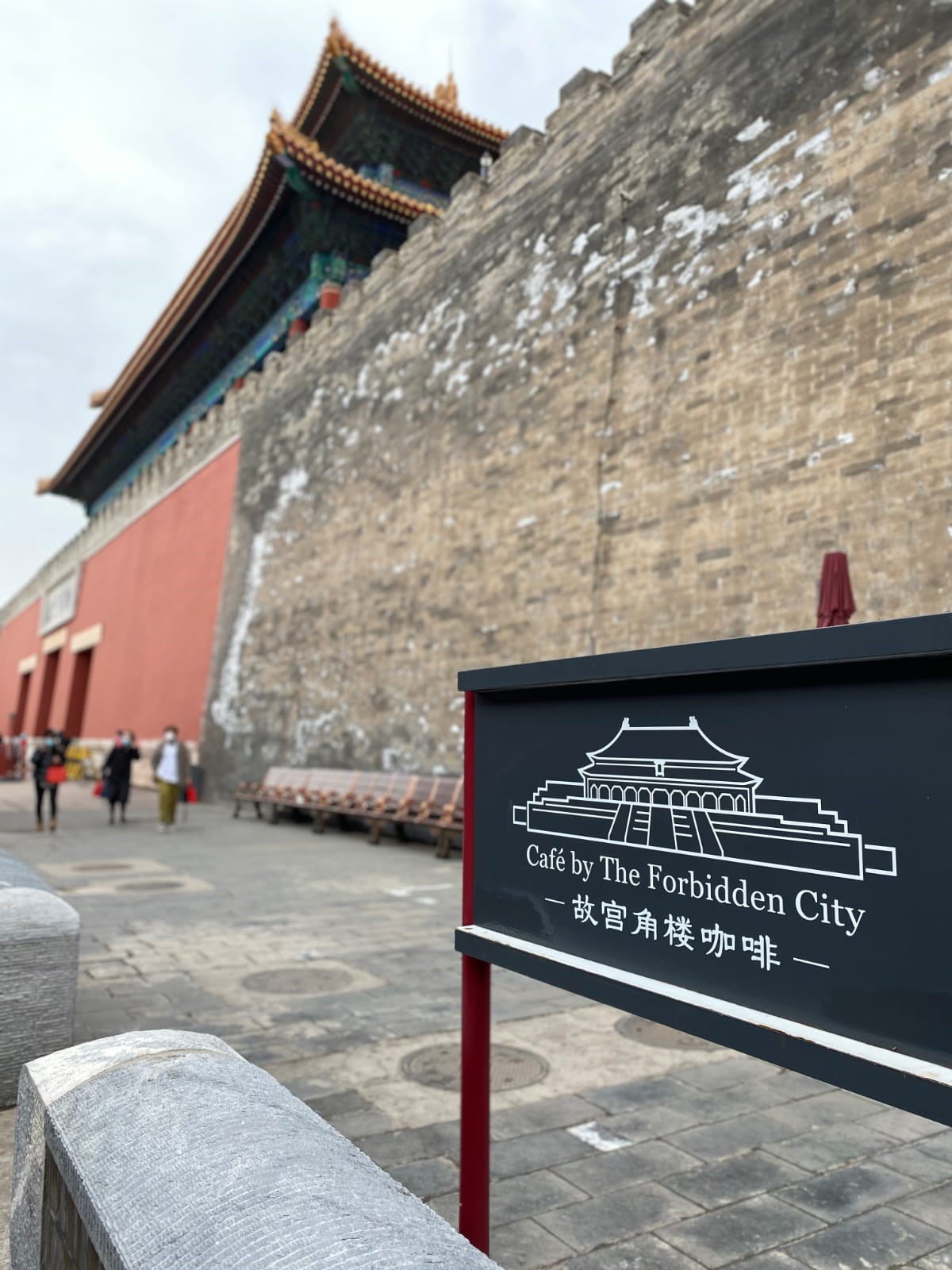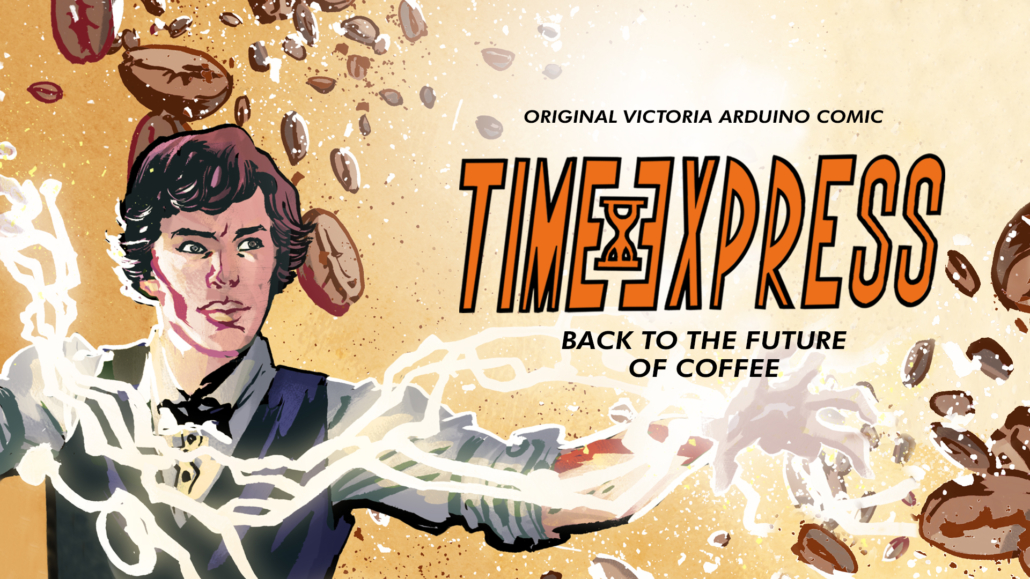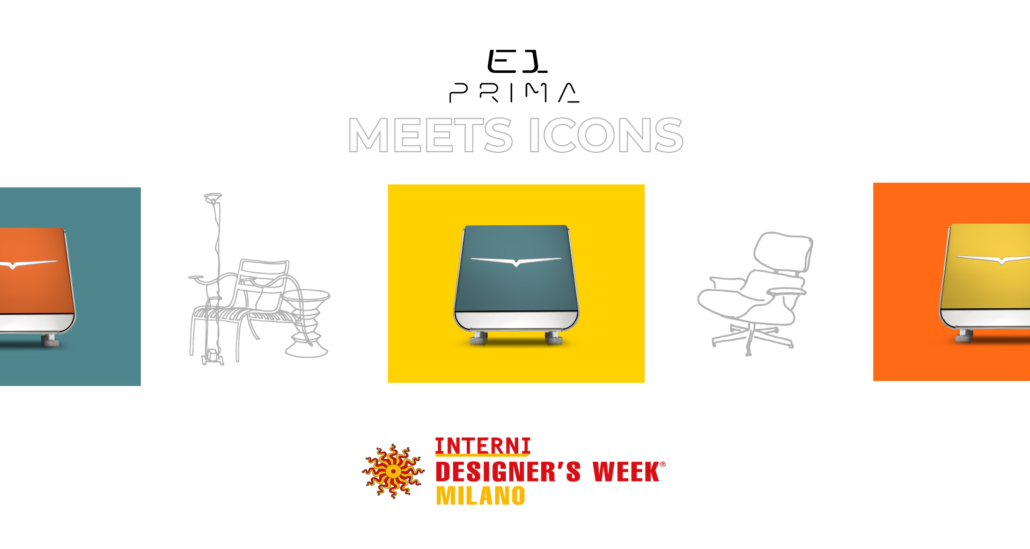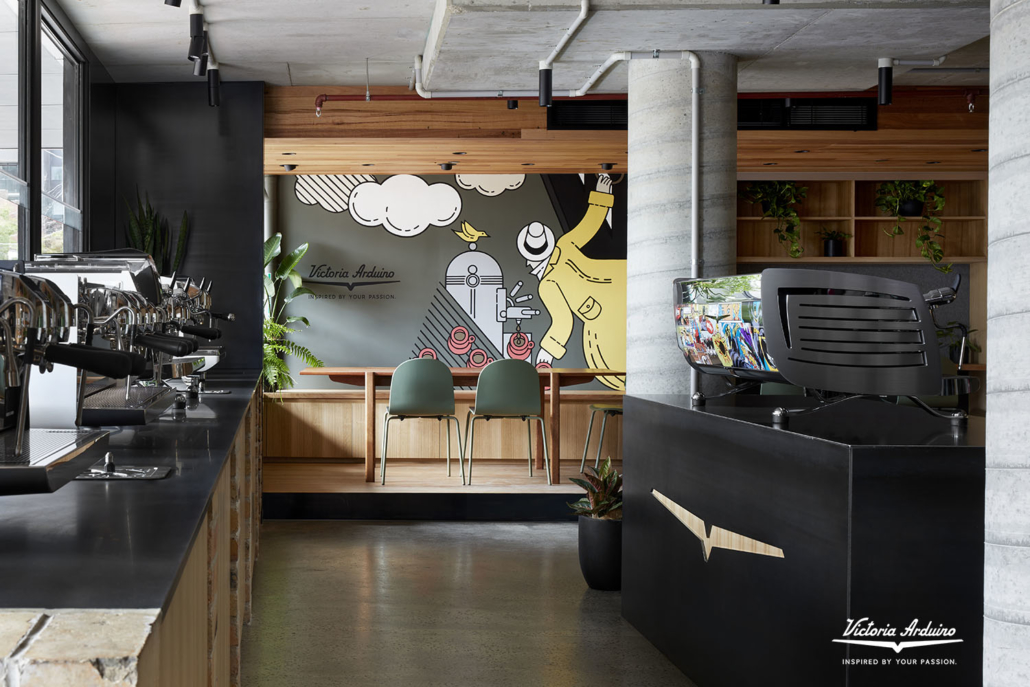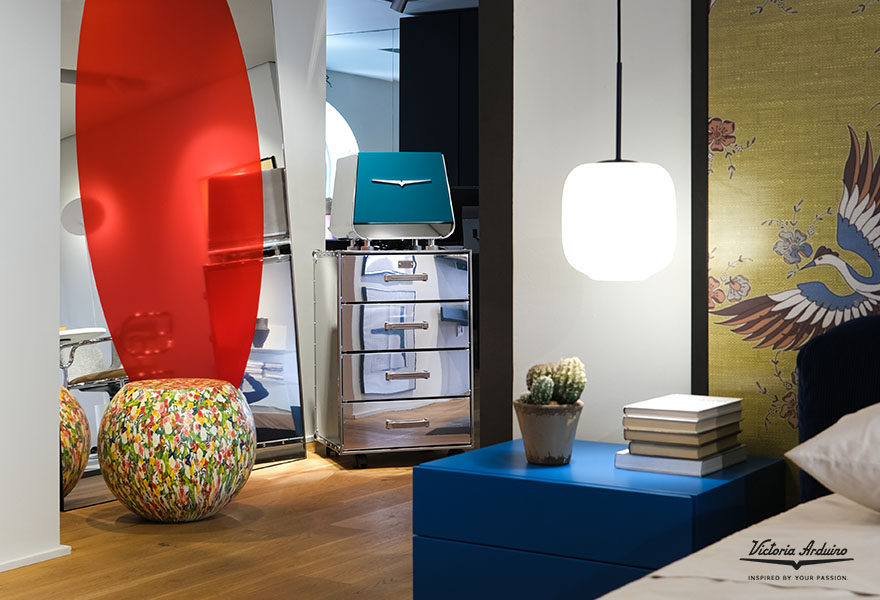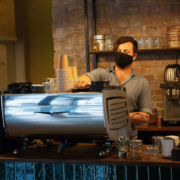Simonelli Group presents DOSE (Digital Online Service), the digital platform to support and share information with clients and partners. The goal is to connect markets and clients through advanced services that strengthen communication in order to improve performance, reduce response time, and overcome geographic discommodes – thanks to digital innovation.
Through the platform, Simonelli Group’s partners will have the possibility to connect and manage their organization access to simplify company processes. They can also connect with their clients, adding and creating value to their partnership.
Dose is a platform that involves already existing services with new instruments. It includes three services:
- E-learning courses and technical news
- Technical, sales, and marketing digital archives
- Original spare parts portal
“Innovation is a creative value that drives us towards the future and that we love sharing with all our partners for a multiplied growth,” – declares Fabio Ceccarani, CEO of Simonelli Group. “For this reason, in addition to the great attention put into product innovation, we developed this novel platform to offer a series of digital services designed to be evermore close to our partners.”
The core of the services:
E-learning: the e-learning courses are dedicated to technicians and offer basic training on the Victoria Arduino coffee machines. Each class provides hydraulic and electrical data of the device along with a dedicated section for troubleshooting. To conclude the course and achieve the certification of attendance, the trainee will take a final exam.
The platform also holds a dedicated section for all Victoria Arduino machines’ technical news and exclusive communications, which are updated regularly. It is a quick and straightforward way to be in line and updated about brand optimization and innovations.
Digital Archive. Simonelli Group’s partners will have access to a comprehensive digital archive concerning their respective roles. The digital library is divided into technical, marketing, and sales areas and is an effortless way to search and instantly have available useful material for the business.
Original spare parts management. It is a dedicated platform for all our technical partners to verify product availability and purchase the part directly on the website. It is an actual online store for original Simonelli Group spare parts where the users can select the coffee machines’ designs and make the necessary orders reducing waiting queues. The online spare parts portal will be active starting on March 22nd, 2021.
How to access DOSE?
To access DOSE, you must be a Simonelli Group partner. You can ask for information directly from your area manager or by sending a request to dose@simonelligroup.it
